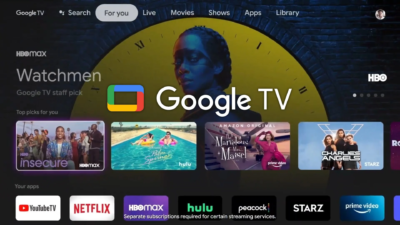Google Chrome Incognito Mode Is a Joke For Google Employees

In itself, Chrome’s incognito mode promises that you can disguise your identity on the Internet. But by now, the word should have gotten around that this is just a myth. At Google itself, the developers even make fun of this mode.
With incognito mode, many believe that they can surf the web largely anonymously, but the reality is very different. It has been known for years that this is not the case. The business portal Bloomberg has now received internal information that shows how much Google developers make fun of this misconception.
There is also serious criticism. According to Bloomberg, among other things, there is a chat in which an employee turns to his colleagues and superiors and says that Google should change both the spy icon and the name because they gave users the wrong impression.
To which one of his colleagues replied with a picture of Homer Simpson as “Guy Incognito”. This is a reference to an episode of The Simpsons in which Homer is banned from Moe’s and disguises himself badly – with a mustache, suit, and top hat – as someone else. The Google developer suggested showing Guy Incognito instead, as “this accurately reflects the level of privacy”.
What is (not) stored
While incognito mode prevents browsing history and other private data from being stored, it doesn’t do much more: it doesn’t disguise your IP address, location, or other potentially identifying data. In other words: Such a “private” mode only prevents the saving of some local data – it does not even remotely replace a VPN or the like.
The chats emerged as part of a class-action lawsuit against Google alleging that the company harvests users’ data even when they use incognito mode and that the company allegedly misleads those users into thinking their data is private. Google denies this and points out that they have never claimed anything else, as is also the case on the corresponding Chrome help page.
Research Snipers is currently covering all technology news including Google, Apple, Android, Xiaomi, Huawei, Samsung News, and More. Research Snipers has decade of experience in breaking technology news, covering latest trends in tech news, and recent developments.












